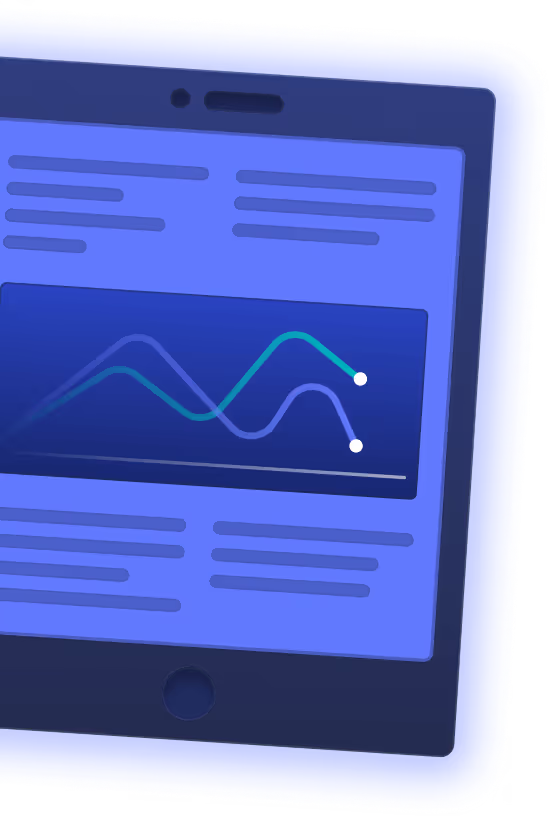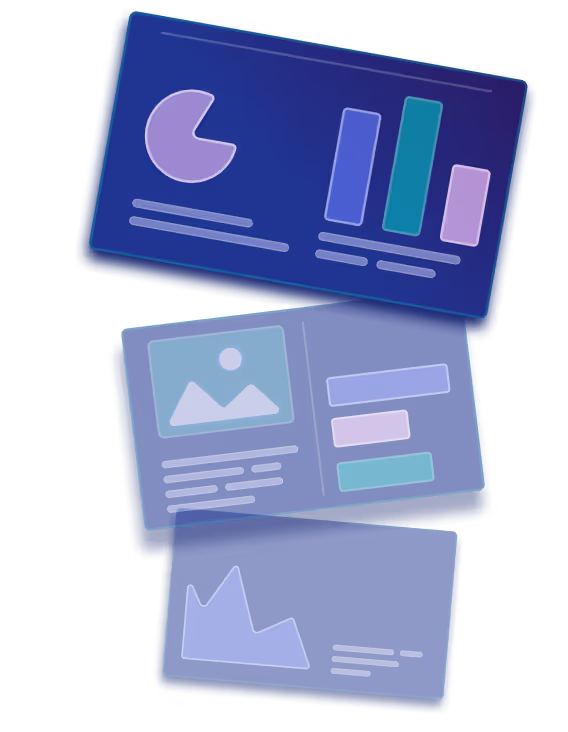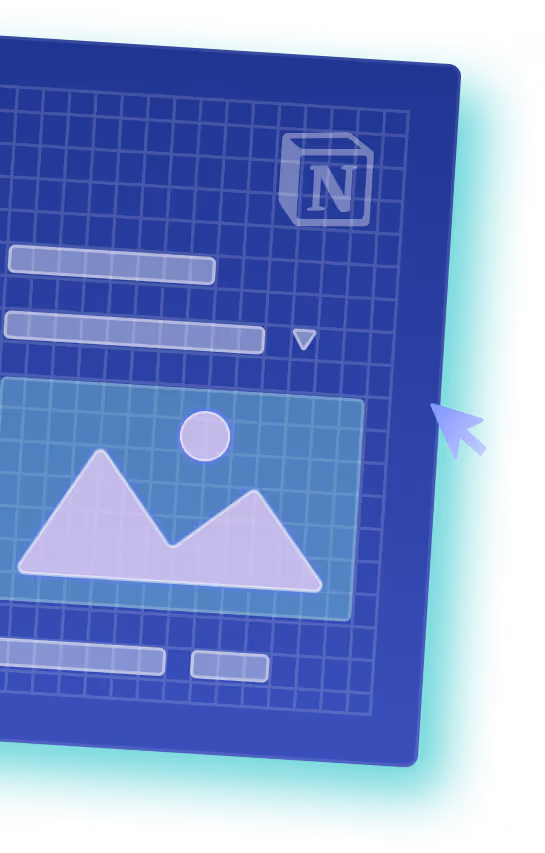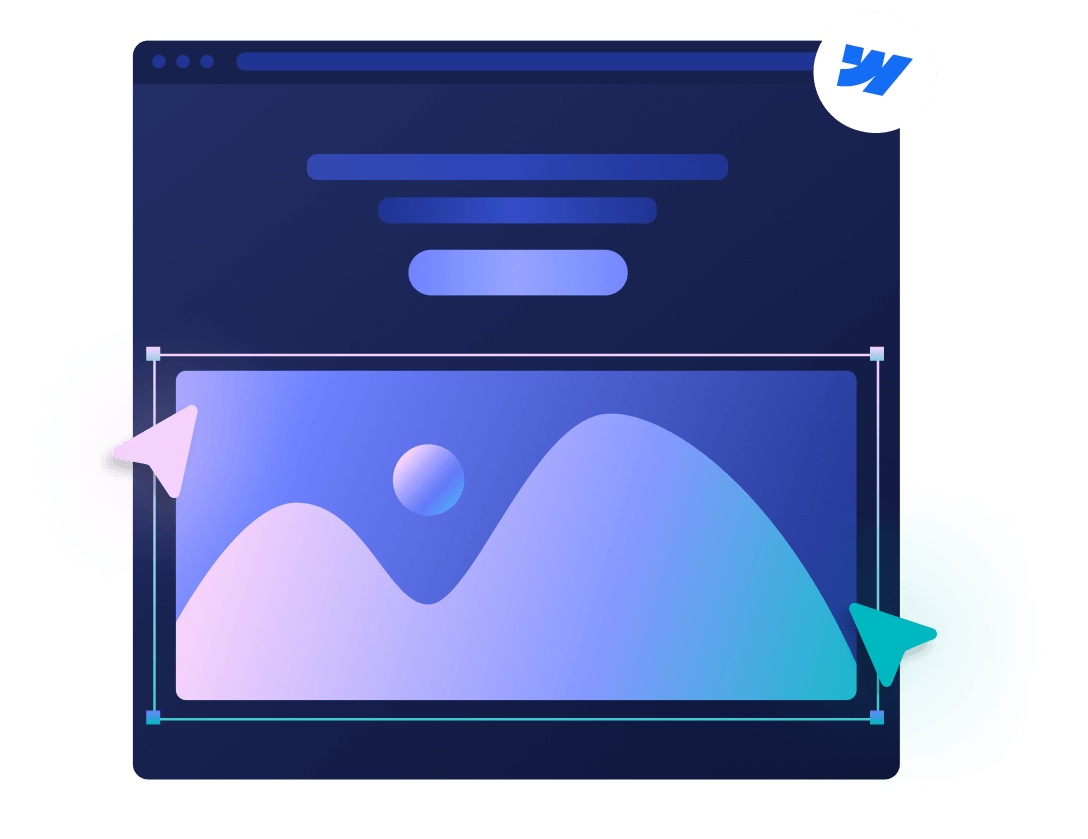
Pros and Cons of Using Webflow Templates
Key takeaways
- Webflow offers 1,500+ templates that speed up website builds and follow modern design trends.
- Templates are ideal for simple sites, tight deadlines, and users without custom requirements.
- Webflow templates are customizable and mobile-friendly, with clean code and strong UI/UX standards.
- Beginners may find customization challenging without design skills or Webflow Designer knowledge.
- Premium templates usually cost between $50 and $100, with only a small number available for free.
- Templates provide a solid starting point, but partnering with Webflow experts helps unlock their full potential.
Webflow’s popularity has been continuously growing for the past couple of years, with an increasing number of companies opting to have their website designed and developed with it.
More web designers and developers are opting to use Webflow thanks to a wide array of functionalities and features that make it stand out from the pack. It allows for building fast, effective, and visually appealing marketing sites.
One of the aspects of Webflow that many consider when building a site is templates. So far, the Webflow community has launched more than 1,500 templates that can be used for many purposes, from simple one-pagers to complex industry-specific websites.
Yet, Webflow is not template-oriented, meaning many users prefer skipping this and having their site built from scratch.
{{cta}}
What Are Webflow Templates?
Webflow templates are pre-made layouts that can speed up the website-building process. Moreover, the top Webflow templates follow some of the latest trends in design for various industries, which means they offer a shortcut to building a trendy website without designers coming up with the solution from scratch.
Using a template means having half of the work done, and adjusting the rest of the design and content is pretty straightforward. In other words, templates are ideal if you have a tight deadline for launching a website and have no special requirements.
Templates are used by all kinds of users, but the majority are small businesses and solopreneurs that need a simple yet effective site.
Webflow currently offers a range of free and paid templates that can be categorized based on style, features, category, language, and more.
You can also read more about Flow Ninja’s free and paid templates.
The question remains: should you use a Webflow template for your website? There’s no definitive answer to that, but we can go over some of the major advantages and disadvantages of using templates and help you decide on the best approach for your site.

Pros of Using Webflow Templates
First, let’s check out the main advantages of using Webflow templates for your website.
Variety of Categories & Filters
The popular visual builder keeps growing its template portfolio, with many talented designers and developers actively working on new and innovative layouts for websites. Webflow allows you to filter the available themes or browse only selected categories.
For example, you can search templates based on your industry, style, design features, and more. Some of the most popular template categories are portfolio, design, blogs, medical, ecommerce, and more.
Say you’re a freelancer looking to showcase your work via a Webflow website. You can save time by choosing one portfolio theme and adjusting it to your needs.
Customization
No matter which theme you select, the chances are you’ll be able to adjust just like you want, as Webflow allows full customization of existing templates.
Many pre-built elements, such as data capture forms, background videos, and much more, can be customized. Moreover, you can add custom interactions, including cool transitions, hover effects, zoom effects, and more, to further improve your website even though it’s template based.
Mobile-Friendly
The entire Webflow is created with mobile design in mind, allowing for easy adaptation of every website to small screens. In other words, you can make your site responsive using intuitive features that are essential to Webflow.
Once you load a template, you will likely already have a mobile version of it, which you can quickly preview and adjust further to meet your needs, ensuring the best web design experience.

Cons of Using Webflow Templates
However helpful, Webflow templates can be limiting in some regards, so let’s see what may be an obstacle to using them.
Using Designer with Templates
Even though templates are highly customizable, one should still understand designing principles and have high skills in using tools such as Webflow Designer to adjust them. Simply put, unless you’re a Webflow professional and an experienced designer or developer, you will encounter a fairly steep learning curve when using Designer to adjust your template. In that case, hiring a Webflow professional to assist you with building a site might be a good idea.
Intimidating for Beginners
Using a template and launching the site with minimum knowledge is possible, but neglecting all the possibilities offered by Webflow will not do justice to your future website.
However, if you want to scratch under the surface and explore everything Webflow has to offer, you might get confused. In that case, make sure to devote some time to your theme and ask professionals to assist you. Webflow not only provides tools for designing but also developing, hosting, and optimizing the site for search engines. Moreover, the service offers a robust CMS to help you create, organize and optimize the content on your site.
Some Templates are Pricey
Even though a minority of templates are free, you’ll have to pay usually between $50 and $100. In some cases, templates cost more than $100.

{{cta}}
Best Webflow Template Features
No matter which template you select, you’ll enjoy some of the cutting-edge features provided by Webflow.
- Responsive design — All templates are designed with mobile devices in mind, meaning you can easily adapt them for small screens.
- Friendly UI/UX — Template designers pay special attention to UI/UX, meeting Webflow’s strict standards. Moreover, Webflow provides further assistance for optimizing your site and maximizing user experience.
- Customization — Thanks to Webflow Designer and other tools, templates can be highly customized and adjusted to your preferences.
- Clean code — Webflow will write clean and semantic code for you as you design a site. All themes have clean code underneath, as all of them are created with Webflow.
- Lively animations — Webflow lets you easily create engaging and captivating animations that can enrich your website.
- Strong support — Apart from detailed written and video tutorials via Webflow University, you’ll find a tight-knit community surrounding the popular website builder.

Make the Most of Webflow Templates
Feel free to explore Webflow’s templates, including those created by Flow Ninja.
Most templates are created by professional designers and designed with responsiveness in mind. You can browse them based on your industry and filter them by various features to find the best option for you. Still, if you struggle to create a unique and functional website, make sure to get in touch with Webflow experts and unlock your template’s full potential.
{{cta}}
FAQ for Pros and Cons of Webflow Templates
What are the key differences between Webflow templates and custom-built Webflow sites?
Webflow templates provide pre-designed layouts ideal for rapid deployment, while custom-built sites offer complete design freedom and scalability. Templates save time and cost but may require compromise, whereas custom builds demand more effort but enable a fully tailored user experience.
How can I optimize a Webflow template for SEO effectively?
To optimize a Webflow template for SEO, edit meta titles and descriptions, use clean URLs, add alt text to images, implement schema markup, and ensure fast page load times. Leverage Webflow’s SEO settings and integrate tools like Google Search Console and Analytics.
Can I switch from a template to a custom design in Webflow later on?
Switching from a template to a custom design in Webflow is possible by modifying existing elements or starting a new project from scratch. Rebranding, structural redesigns, and advanced functionality can be gradually implemented as your project evolves.
What should I look for when evaluating a premium Webflow template?
When evaluating a premium Webflow template, consider the quality of its UI/UX design, responsiveness, customization options, included features, documentation, and support availability. Also, check cross-browser compatibility and that the template matches your business goals and content strategy.
Are Webflow templates suitable for ecommerce websites?
Webflow templates can be suitable for ecommerce, especially those designed with Webflow's ecommerce capabilities in mind. These include features like product pages, cart functionality, and payment integrations, which are fully customizable via Webflow Designer and CMS.
How do Webflow templates handle content management for dynamic websites?
Webflow templates often come with CMS Collections for managing dynamic content such as blogs, products, or portfolios. Users can modify fields, add content directly in the CMS, and display it using dynamic lists or binding elements throughout the site.
What are the licensing terms for Webflow templates after purchase?
Webflow template licenses generally allow use on a single Webflow project per purchase. Redistribution, reselling, or using the template across multiple client projects usually requires separate licenses. Review individual template terms before purchasing for commercial or client work.






.svg)










-min.png)




.png)










.svg)

.png)
.png)
.webp)
.svg)

